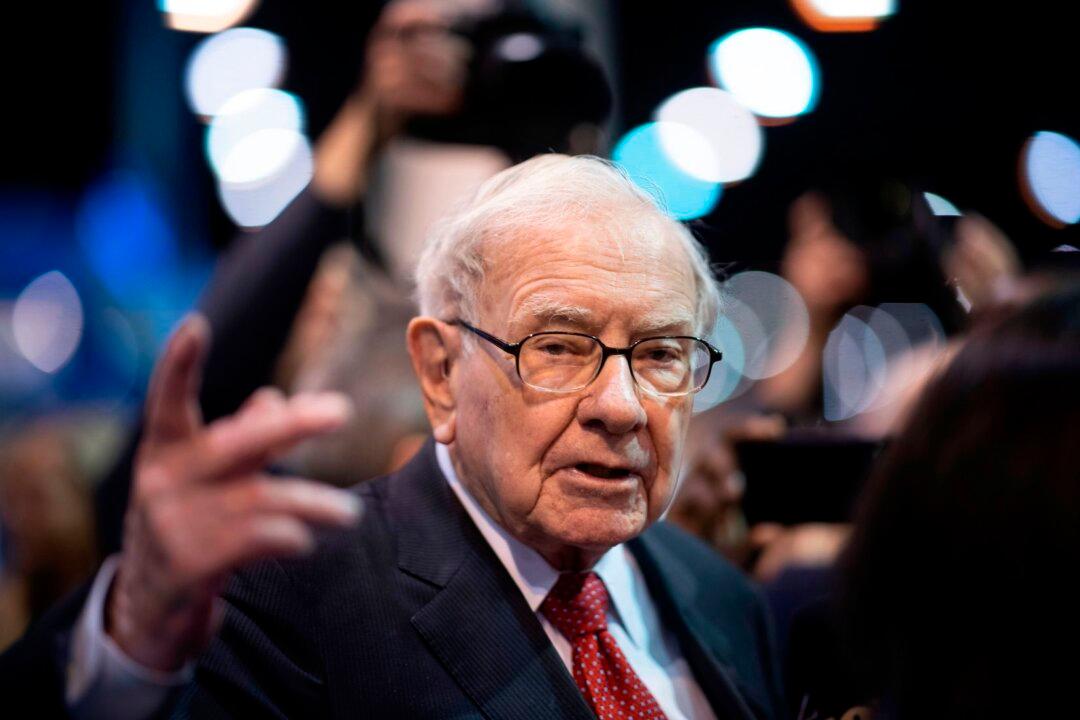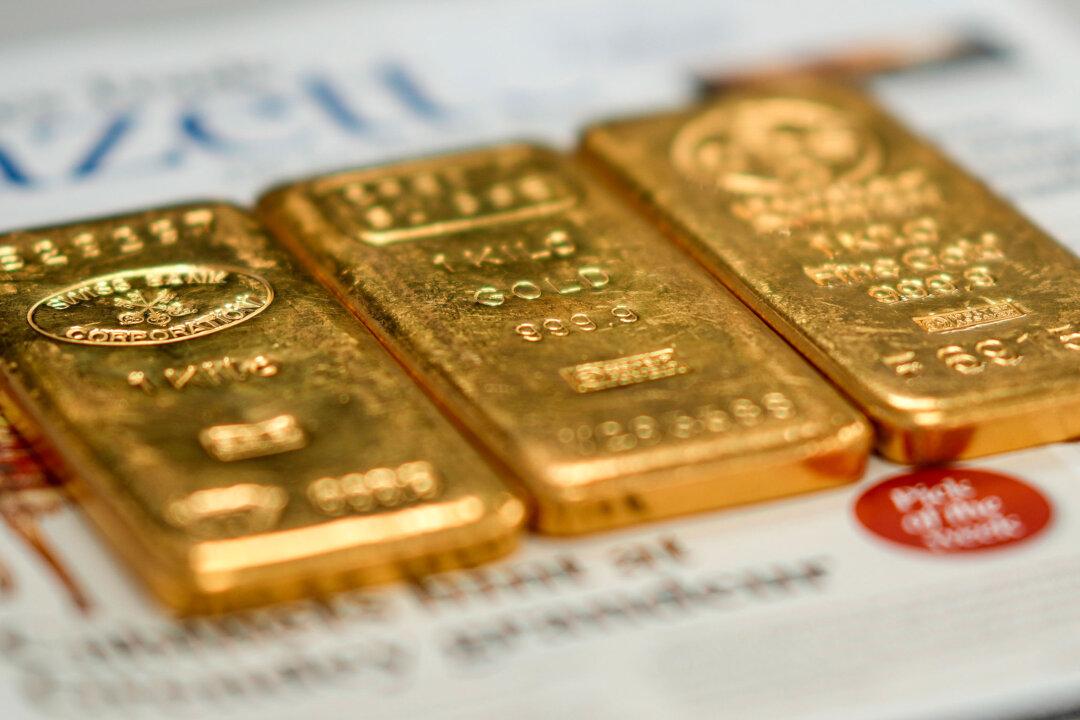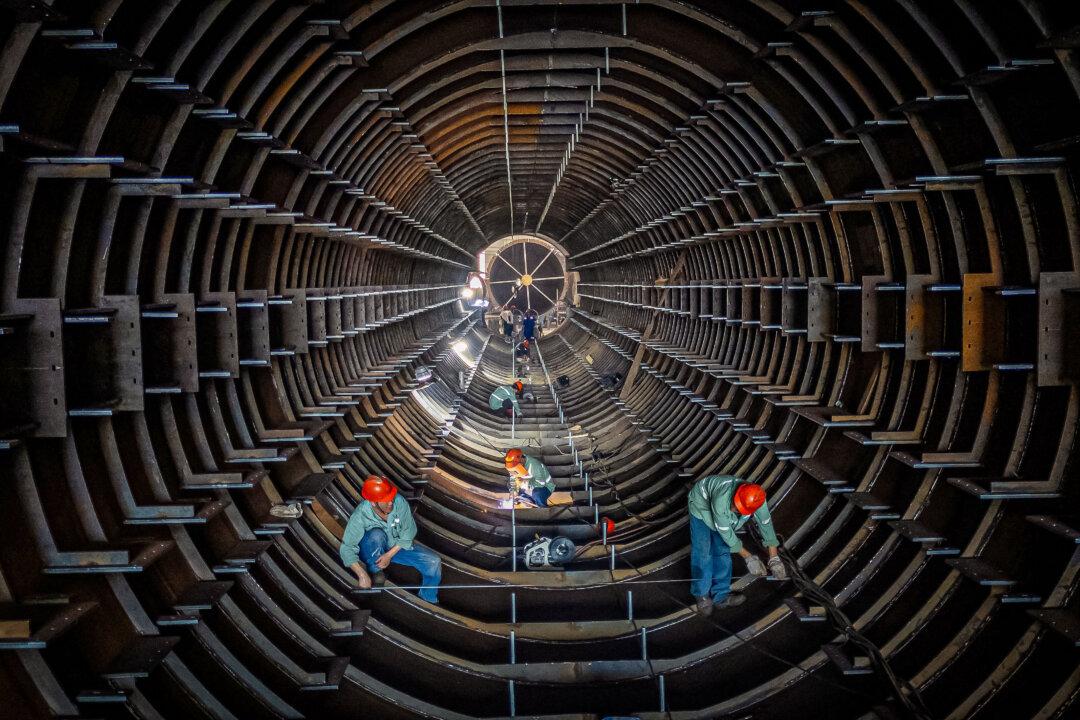Warren Buffett predicted that Berkshire Hathaway’s cash reserves would swell to $200 billion during the 2024 shareholder meeting for the American multinational conglomerate holding company.
“We’d love to spend it, but we won’t spend it unless we think they’re doing something that has very little risk and can make us a lot of money,” Mr. Buffett told the meeting on May 4.





